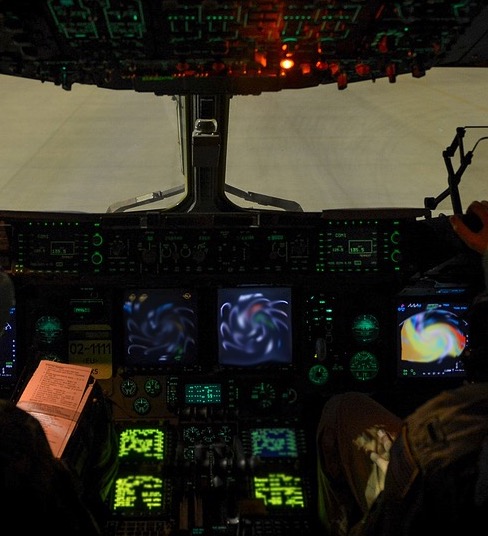On April 6th of this year, Istanbul’s Ataturk Airport officially ceased operations for commercial flights. All commercial flights were transferred almost overnight to Turkey’s new flagship international airport about 20 miles away: Istanbul New Airport. Everything was moved in one huge operation over the weekend, appropriately dubbed “The Great Move”. Mehmet Turhan, Turkey’s transport minister, called it “the biggest move in world aviation history”.
So what is this new airport like, and did Istanbul really need a new airport? After all, Ataturk Airport was already one of the busiest airports in the world, with 70 million passengers annually. Let us take a look at all of this…
Details of Istanbul New Airport

Istanbul’s new airport is simply called Istanbul Airport. The new airport covers 76 million square metres (more than 818 million square feet or 18,780 acres) and is the third largest airport in the world. It can currently handle 90 million passengers a year. When the entire airport is completed, it will be able to handle 200 million passengers a year. This will make it the world’s largest airport in terms of passenger traffic. The airport also has a massive duty free area, and a hotel with both landside and airside access.
Why did Turkey build a new airport in Istanbul?

One of the main reasons for building a new airport was the recent massive growth of Turkish Airlines. Its total revenue increased by 30 per cent during the first half of 2018, reaching $6 billion by June. This comes on the back of a previous period of growth in 2017. Turkish Airlines, which has one of the world’s youngest fleet, currently operates flights to 49 domestic and 255 international destinations worldwide, and this is increasing. More space was needed, but Ataturk Airport was in an urban area, which made further growth difficult if not impossible. Hence the plan to build Istanbul New Airport, as a home and ‘super-hub’ for Turkey’s national airline.
Is Istanbul new airport Erdogan’s pet project?
Istanbul’s new airport cost $11 billion. The plan to build a new airport had been described by some as Turkish President Recep Tayyip Erdoğan’s ‘pet project’. According to a Turkish Airlines statement, Erdoğan was indeed… “the originator behind the idea of this monumental project and its biggest supporter”. But to just dismiss the project in this way is probably over-simplistic. It is true that Erdogan was enthusiastic about the idea. However, it was a change in the type of air traffic as much as its actual growth which was an issue for Turkish Airlines. As tourism to Turkey took a hit in the wake of a 2016 coup attempt and a series of terrorist attacks, Turkish Airlines began to rely more on transit business, finding that international passengers were transferring through but not stopping in Istanbul. So Ataturk gradually became a hub airport, where travellers changed planes in order to reach their final destination, much like airports such as Dubai and others in the Middle East. But that strategy pitted the carrier directly against larger international rivals, such as Gulf airlines Emirates, Etihad and Qatar Airways, which dominates flies to Europe. Turkish Airlines really could not compete against these massive rivals without a new airport.

It is too early as yet to say whether the new airport will be successful and worth the huge investment to build it. But if Turkish Airlines wants to take on the Gulf airlines, it needs to be ambitious, for these countries are not standing still in terms of airport development. Construction has already begun on a huge new airport for Dubai, which its government hopes will eventually draw 130 million passengers annually. Abu Dhabi and Qatar also plan to erect massive new terminals. The opening of Istanbul New Airport proves that Turkey is determined not to be left behind in the super-hub airport race.


Helen is a retired pilot and flight instructor who has traveled around the world and visited more than 70 countries. An award-winning journalist and author, she has been writing for world-class aviation-focused publications.









